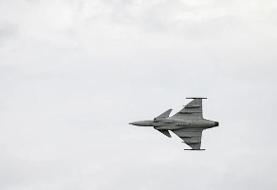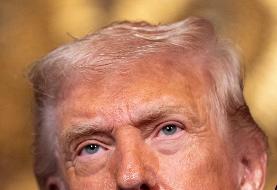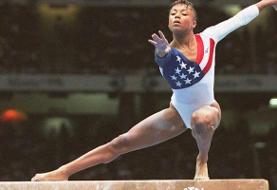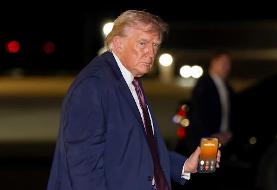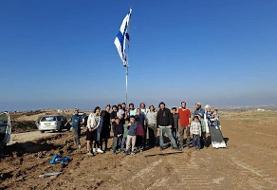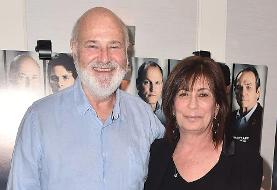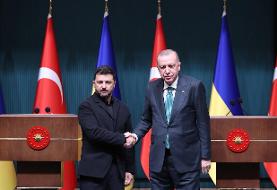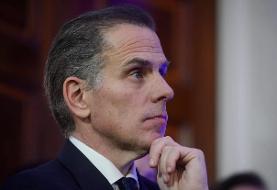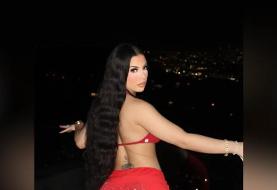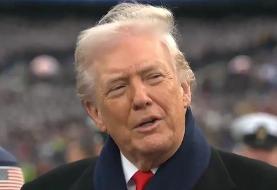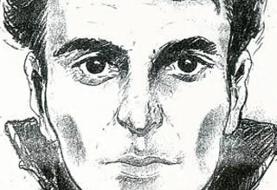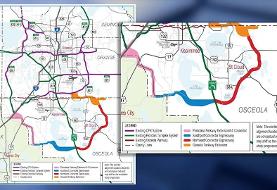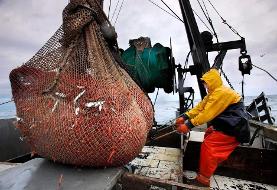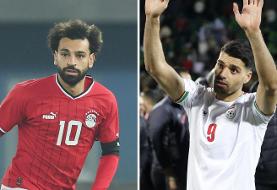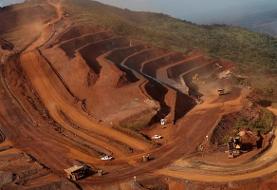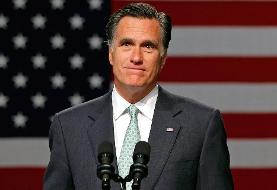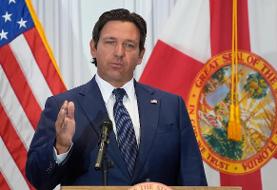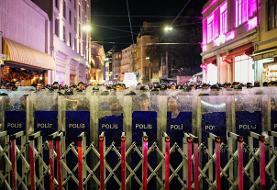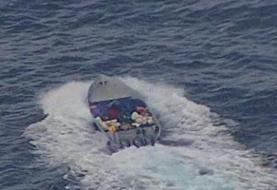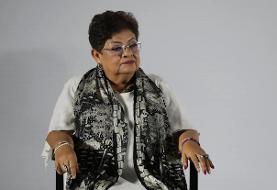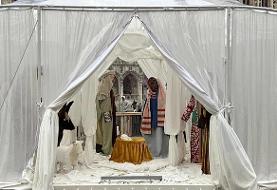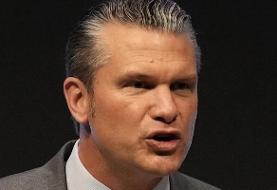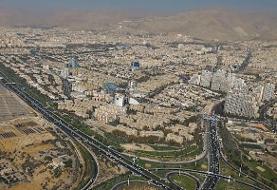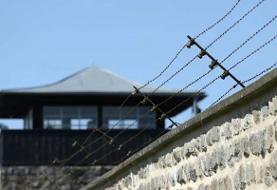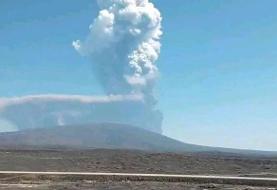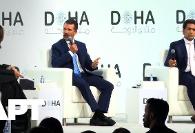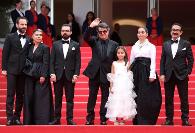Iranian Music - Traditional & Pop
Iranian Traditional Music
Iranian traditional music is the traditional music of Iran and Persian-speaking countries. The Iranian music or Persian music has thousands of years of history dating back to the Neolithic age, as seen in the archeological evidence of Elam, one of the earliest world civilizations, which was located in southwestern Iran.
Major instruments
Instruments used in Persian classical music include the bowed spike-fiddle kamancheh, the goblet drum tombak, the end-blown flute ney, the frame drum daf, the long-necked lutes tar, setar, tanbur, dotar, and the dulcimer santur. The ordinary violin is also used, with an alternative tuning preferred by Persian musicians. Harps, "chang[s]," were a very important part of music up until the middle of the Safavid Empire. They were probably replaced because of tuning problems or replaced by the qanun (zither)and later the piano which was introduced by the West during the Safavid Dynasty of Iran. Many, if not most, of these instruments originated in Iran. Perhaps the most loved string instrument is the tar. Tar players are regurlarly chosen to function as the primary string instrument in a performance. The setar is also loved for its delicacy and is the favorite among Mystic musicians. Some instruments like the sorna, neyanban, dohol, naghareh, and others, are not used in the classical repertoire but are used in Iranian Folk music. The ghazhak (ghaychak), a type of fiddle, is being re-introduced to the Classical field after many years of exclusion. The instruments used in the Classical field are also used in Iranian Folk Music.







